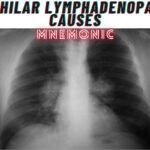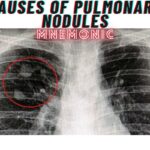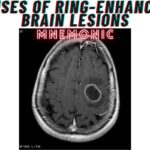Alright medical aficionados, time now to embark on an exploration of congenital toxoplasmosis through the lens of the Congenital Toxoplasmosis Triad, a meticulously crafted trifecta of clinical features that stand as sentinel indicators of this serious parasitic infection’s impact on newborns. Comprising chorioretinitis, hydrocephalus, and intracranial calcifications, this medical triad helps us understand how the Toxoplasma gondii parasite affects the developing central nervous system. By deciphering the significance of these three hallmark clinical manifestations, healthcare professionals gain a focused diagnostic compass to promptly identify and mitigate the consequences of congenital toxoplasmosis so that the affected babies can be protected from lifelong debilitating conditions.
The Congenital Toxoplasmosis Triad, with its chorioretinitis, hydrocephalus, and intracranial calcifications, uses a clinically sound and high-yield approach to diagnosing the intricate consequences of maternal Toxoplasma gondii infection during pregnancy. Each element within the triad serves as a pivotal clue to better understanding the underlying pathophysiological cascade, providing a working approach to diagnosing and intervening in cases of congenital toxoplasmosis. The complex relationship between ocular, neurological, and cranial anomalies captured in this triad not only enhances the diagnostic precision of doctors but also reinforces the need for comprehensive management strategies in the realm of congenital infectious disease.
We, here at the Medicos Republic, hope that you find the Triad for Congenital Toxoplasmosis useful in your routine patient interactions. 🙂
Congenital Toxoplasmosis Triad
- Chorioretinitis
- Hydrocephalus
- Intracranial calcifications
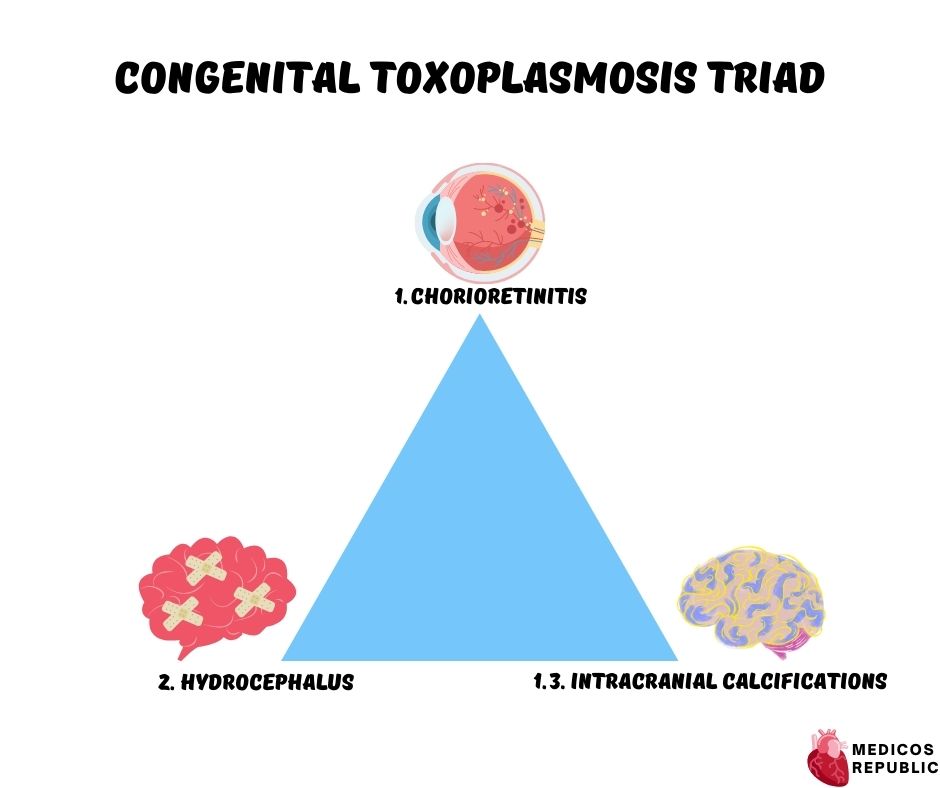
Happy learning, folks! 🙂

![Congenital Toxoplasmosis Triad [Pictorial] 1 Congenital Toxoplasmosis Triad](https://www.medicosrepublic.com/wp-content/uploads/2023/08/Congenital-Toxoplasmosis-Triad-Pictorial-1-696x391.jpg)
![Pentalogy of Cantrell for Thoraco-abdominal Syndrome [Pictorial]](https://www.medicosrepublic.com/wp-content/uploads/2023/08/Pentalogy-of-Cantrell-for-Thoraco-abdominal-Syndrome-Pictorial-1-218x150.jpg)
![Pentad of Thrombotic Thrombocytopenic Purpura [Pictorial & High-yield] Pentad of TTP](https://www.medicosrepublic.com/wp-content/uploads/2023/08/Pentad-of-Thrombotic-Thrombocytopenic-Purpura-TTP-218x150.jpg)
![Gradenigo’s Triad for Gradenigo’s Syndrome [Pictorial & High-yield]](https://www.medicosrepublic.com/wp-content/uploads/2023/08/Gradenigos-Triad-for-Gradenigos-Syndrome-Pictorial-High-yield-218x150.jpg)
![Dieulafoy’s Triad for Acute Appendicitis [Pictorial Explanation] Dieulafoy's Triad](https://www.medicosrepublic.com/wp-content/uploads/2023/08/Dieulafoys-Triad-for-Acute-Appendicitis-218x150.jpg)
![Triad for Alkaptonuria [Diagnostic Features Explained] Alkaptonuria Triad](https://www.medicosrepublic.com/wp-content/uploads/2023/08/Alkaptonuria-Triad-218x150.jpg)

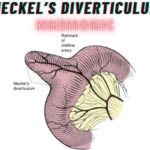
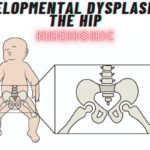
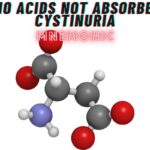
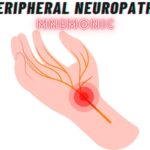
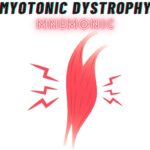
![Gerstmann Syndrome Features Mnemonic [Easy-to-remember] Gerstmann Syndrome Features Mnemonic](https://www.medicosrepublic.com/wp-content/uploads/2025/06/Gerstmann-Syndrome-Features-Mnemonic-150x150.jpg)
![Cerebellar Signs Mnemonic [Easy to remember] Cerebellar Signs Mnemonic](https://www.medicosrepublic.com/wp-content/uploads/2025/06/Cerebellar-Signs-Mnemonic-150x150.jpg)
![Seizure Features Mnemonic [Easy-to-remember] Seizure Features Mnemonic](https://www.medicosrepublic.com/wp-content/uploads/2025/06/Seizure-Features-Mnemonic-1-150x150.jpg)

![Recognizing end-of-life Mnemonic [Easy to remember]](https://www.medicosrepublic.com/wp-content/uploads/2025/06/Recognizing-end-of-life-Mnemonic-150x150.jpg)

![Multi-System Atrophy Mnemonic [Easy-to-remember] Multi-System Atrophy Mnemonic](https://www.medicosrepublic.com/wp-content/uploads/2025/06/Multi-System-Atrophy-Mnemonic-150x150.jpg)

![How to Remember Southern, Northern, and Western Blot Tests [Mnemonic] How to Remember Southern, Northern, and Western Blot Tests](https://www.medicosrepublic.com/wp-content/uploads/2025/06/How-to-Remember-Southern-Northern-and-Western-Blot-Tests-150x150.jpg)

